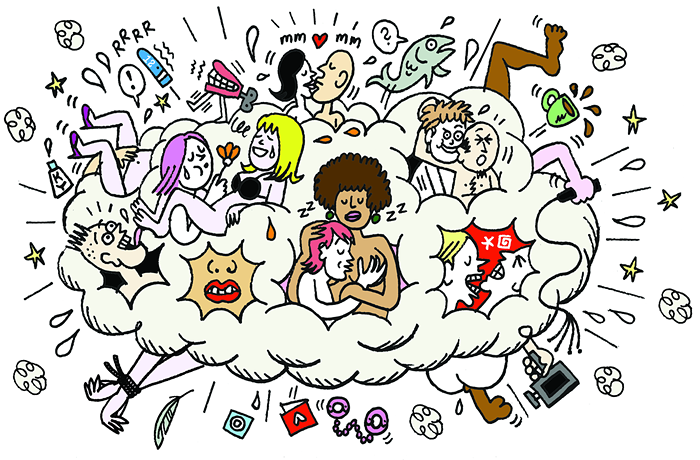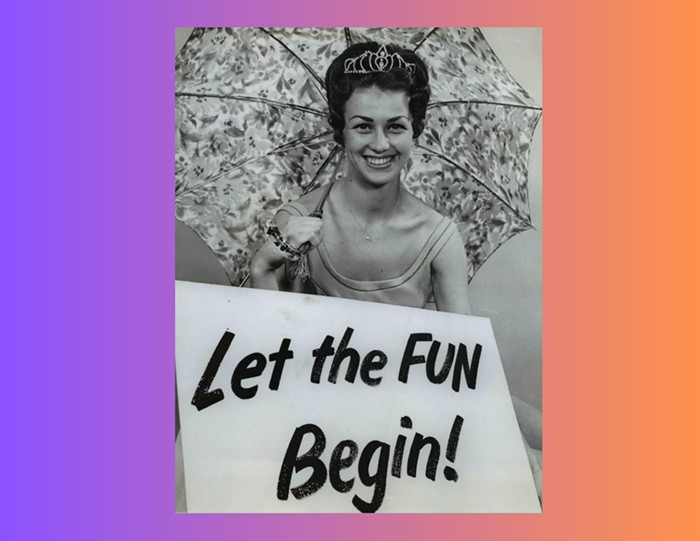In other words, if you found out tomorrow that you had HIV--even if you qualified for government help--the state would offer no assistance in covering medical costs.
The medical price tag for living with HIV is, on average, $20,000 a year.
In light of the current economy, the announcement seems like just another major financial shortfall. However, the freeze has a lot more to do with another change, one that has been evolving for the last ten years.
"Basically what's happened is that the HIV drugs we have are very effective at keeping people alive," says Mel Kohn, Oregon Department of Human Services (DHS) epidemiologist. "So we've had an enormous increase in enrollment." Last year, the state spent $3.8 million on assisting people with the cost of HIV and AIDS.
And this shortfall of money is not exclusive to Oregon. "This is a problem facing all states," Kohn explained. "This is a federally funded program, and the federal funding has simply not kept pace with the number of cases." Moreover, as Kohn explained, it is very dangerous for people to begin drug therapy, and then stop in the middle of treatment--it's better to have not started the therapy at all.
For now, people who qualify for the program (those who make $28,000 or less) will have to find a way to come up with $20,000 on their own. "We deeply regret having to take this step," Kohn explained. "We know this will have a serious impact on people who need this help." Currently, there are 5,200 people living in Oregon with HIV and AIDS, and 1,100 of them are dependent on state assistance. The program averages 20 to 25 new applicants a month.
However, though this freeze has recently called attention to the virus, other AIDS organizations have been dealing with these implications for the last several years.
"Places like this were set up to help people die with dignity," explained Thomas Bruner, the executive director of the Cascade Aids Project. "Last year, we had, on average, one client die per week. 10 years ago, we lost three or four times that many people."
This longer life expectancy, Bruner explains, has initiated a change in the services CAP offers--more focus is put on helping people survive in the work force, on improving their quality of life.
And though it's a positive change for people living with HIV, it makes prevention education significantly harder for places like CAP. "People are less scared of the disease now," explains Bruner. "Back when HIV first hit, it was doubly scary, because it was a killer, and no one understood it. Uncertainty alone is anxiety-producing. Now that people understand the disease, and are living longer, that sense of urgency has decreased."
While people who have already acquired the disease are having longer lives, the fallout of this decreased scare is that people are beginning to show signs of more carelessness.
"In some areas in San Francisco, there's been a significant increase in transmission of the disease between young gay and bisexual men," Bruner explained. "I haven't seen it in Oregon yet, but there has been some increase in other STDs, and higher rates of transmission in any STD is an important indicator of other STDs. If a man comes in with syphilis, you know he was doing it without a condom."
For now, Bruner hopes their efforts at educating youth will have an effect, despite the younger generation's apathy about the disease. Otherwise, the federal government will have to make some major adjustments to their federal budgeting for people living with HIV and AIDS. "The younger generation simply doesn't know death like the older generation does," Bruner concludes. "They just don't know what it's like to watch a friend die from AIDS."















